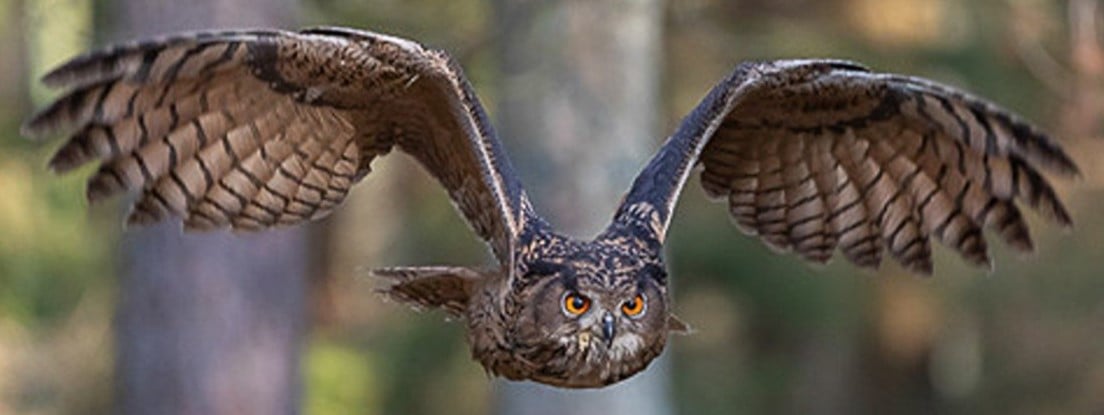Superbowl
For owls that are superb.

US Wild Animal Rescue Database: Animal Help Now
International Wildlife Rescues: RescueShelter.com
Australia Rescue Help: WIRES
Germany-Austria-Switzerland-Italy Wild Bird Rescue: wildvogelhilfe.org
If you find an injured owl:
Note your exact location so the owl can be released back where it came from. Contact a licensed wildlife rehabilitation specialist to get correct advice and immediate assistance.
Minimize stress for the owl. If you can catch it, toss a towel or sweater over it and get it in a cardboard box or pet carrier. It should have room to be comfortable but not so much it can panic and injure itself. If you can’t catch it, keep people and animals away until help can come.
Do not give food or water! If you feed them the wrong thing or give them water improperly, you can accidentally kill them. It can also cause problems if they require anesthesia once help arrives, complicating procedures and costing valuable time.
If it is a baby owl, and it looks safe and uninjured, leave it be. Time on the ground is part of their growing up. They can fly to some extent and climb trees. If animals or people are nearby, put it up on a branch so it’s safe. If it’s injured, follow the above advice.
For more detailed help, see the OwlPages Rescue page.
view the rest of the comments

This is a foot of a Great Horned Owl. I feel my have in the pic doesn't do the foot justice. I've measured my hand for reference and from wrist to middle finger tip, it's 8 inches or 20 cm, so you can use that to gauge the size of the things I'm holding, if that helps.
While my hand is bigger, the owl would be many times more powerful in grip strength, probably 4x as strong as me due to way their tendons are structured. This bit of anatomy is one of their most crucial to survival.
Owls attack prey feet first to protect their face and the feet have both the sharp talons and grippy surface to grab on, and then this strong tendons will crush what they get a hold of, breaking the spine of the prey.